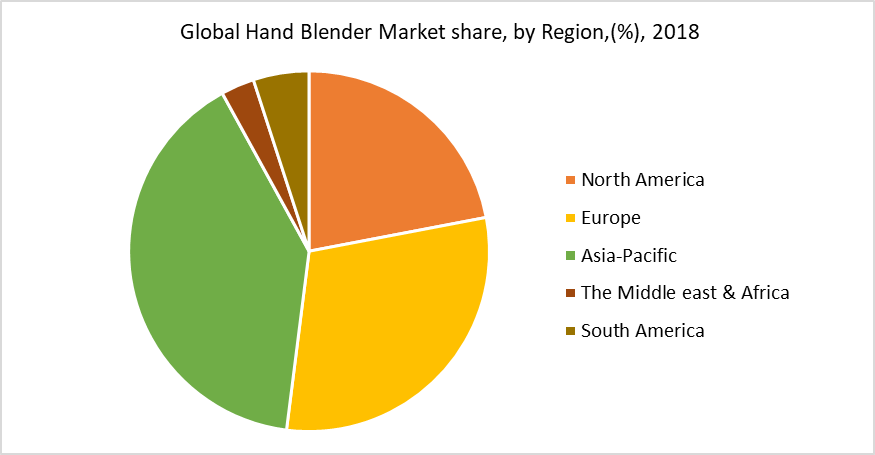
The market is also driven by technological advancements, increasing incidence and prevalence of chronic illnesses, and alarming rate of trauma and accident cases worldwide. The air oxygen blender market is estimated to witness high growth during the forecast period due to their growing application in emergency situations to reduce the procedure time with their use and for faster recovery of patients. The blender is connected to a ventilator system, respirator, or breathing machine to supply proper air pressure into the patient’s lungs. The mixed gas output can then be passed through a humidifier or nebulizer and provided to patients at flow-rate of 1 L/min to more than 100 L/min using endotracheal tubes, oxygen tents, tracheostomy tubes, oxygen hoods, or masks. Oxygen-air blenders are generally fitted out with a pressure-regulating apparatus and connectors for the main gas source and the supply of the mixed gas. A typical air-oxygen blender has one or two low-flow or one high-flow output port. Air-oxygen blenders allow clinicians to form a precise mixture of oxygen, usually 21% to 100%.

The air-oxygen blender is used to mix oxygen with ambient air for patient treatment.

Air/oxygen blenders, also known as mixers or oxygen proportioners are special instruments that offer a simple, reliable, and accurate method of delivering gas to the patient. The necessity of equipment that can enable the formation of a mixture of ambient air and oxygen in an easy, safe, non-toxic and controlled fashion in critical care units is becoming increasingly important. Gas mixing or blending has extensive use in industrial and research procedures, food making and storage, and medical gases. Gas blending is the procedure of precise mixing of different gases for a medical or non-medical purpose in a controlled environment.


 0 kommentar(er)
0 kommentar(er)
